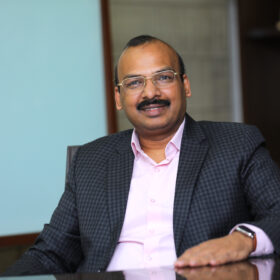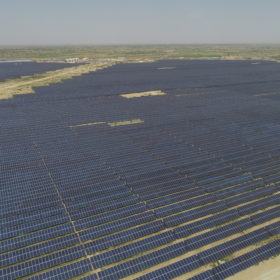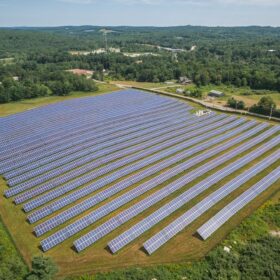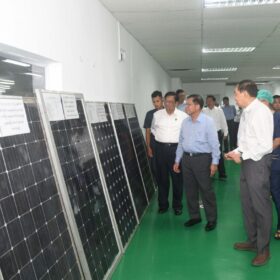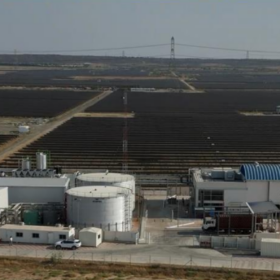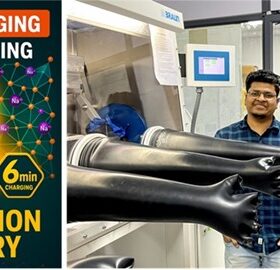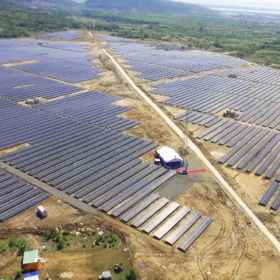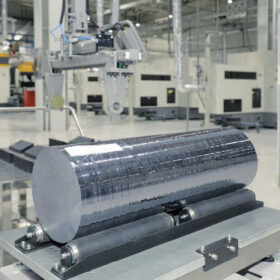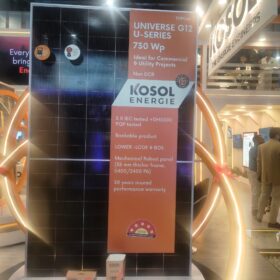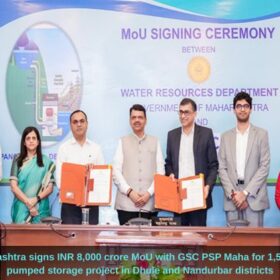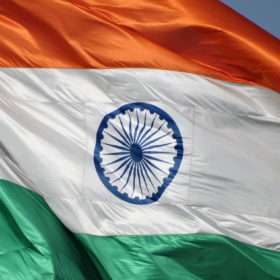Emmvee secures INR 1,500 crore solar module order from KPI Green Energy
Emmvee has secured an order worth nearly INR 1,500 crore from KPI Green Energy Ltd to supply high-efficiency TOPCon bifacial PV modules for KPI Green’s upcoming solar project in Gujarat.
ACME Solar commissions 300 MW Sikar solar project in Rajasthan
ACME Solar Holdings Ltd has announced that its 300 MW Sikar Solar Project in Rajasthan is now fully operational, following the commissioning of the final 60 MW capacity yesterday.
Mitsubishi announces $3.9 billion investment in U.S. community solar
Nexamp will receive investment to build community solar projects, reported Tokyo-based news outlet Nikkei.
Myanmar’s Prime Minister calls for increased local solar panel production
Myanmar Prime Minister Min Aung Hlaing called for greater domestic production of solar panels and raw materials during a recent visit to a factory in central Myanmar, citing the need to strengthen local supply chains for renewable energy.
Adani commissions off-grid 5 MW green hydrogen plant
Adani New Industries Ltd (ANIL) has launched a 5 MW green hydrogen pilot plant in Kutch, Gujarat. Powered entirely by solar energy and backed by battery storage, the plant runs fully off-grid, marking a new step in decentralized, renewable hydrogen production.
Indian researchers develop fast-charging sodium-ion battery, promising over 3,000 cycles
NAtrium Super Ionic CONductor (NASICON) materials continue to show their potential for sodium-ion anodes in high-performance batteries, with fresh research out of India delving more into the materials.
Rajasthan’s 500 MW/1 GWh battery storage tender yields lowest price of INR 2.16 lac/MW/month
NTPC Vidyut Vyapar Nigam Ltd (NVVN)’s tender for 1,000 MWh (500 MW x 2 hours) of standalone battery energy storage systems (BESS) with viability gap funding in Rajasthan has resulted in winning prices ranging from INR 2.16 lakh/MW/month to INR 2.19 lakh/MW/month.
ACME Solar secures INR 1,072 crore refinancing for 250 MW operational project in Rajasthan
The 250 MW solar project has been operating for 18 months and achieved annual capacity utilization factor (CUF) of 29.3% in FY 2025.
Waaree Renewable Technologies secures 100 MWp solar EPC project in Vietnam
Waaree Renewable Technologies Ltd has signed a non-binding Memorandum of Understanding (MoU) with Viet Khanh Joint Stock Company to execute a 100 MWp solar PV power project on a turnkey engineering, procurement, and construction (EPC) basis in Vietnam.
The role of advanced transformers in India’s green transition
Without resilient, responsive, and renewable-ready transformer networks, India’s decarbonization goals risk being destabilized by the very variability they aim to harness.
